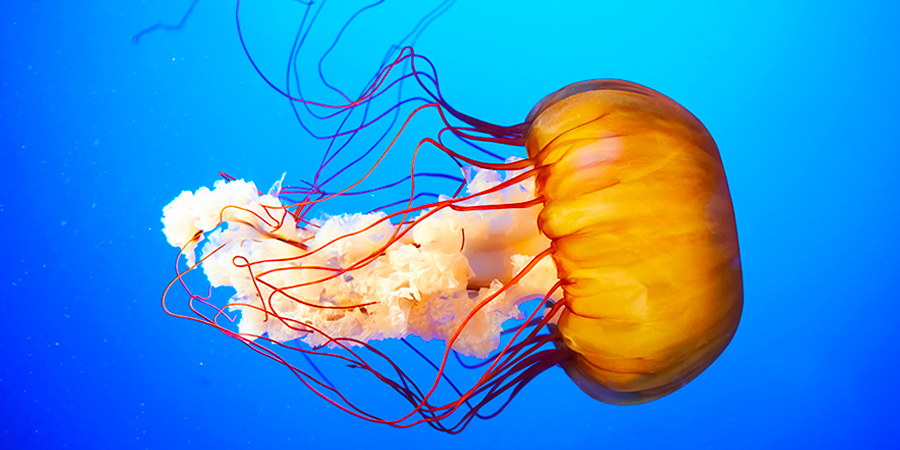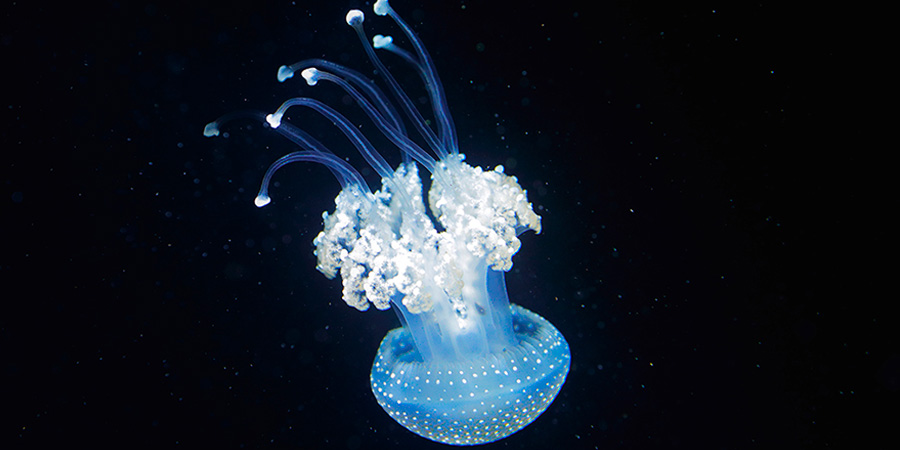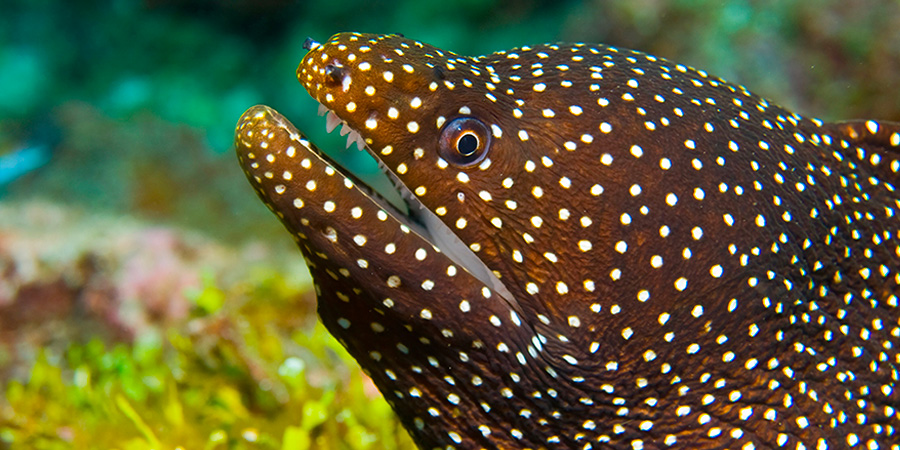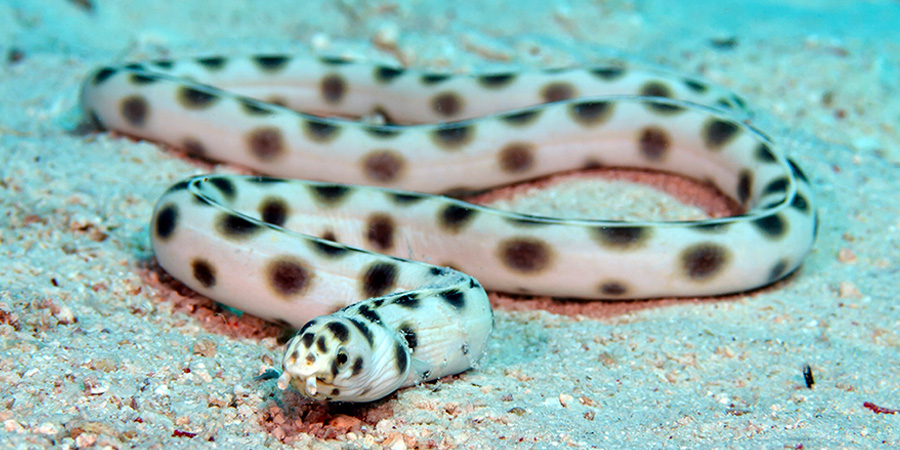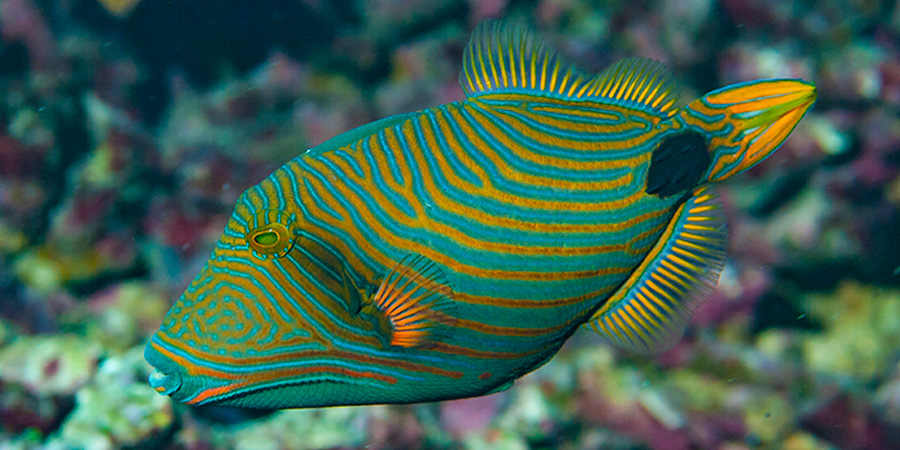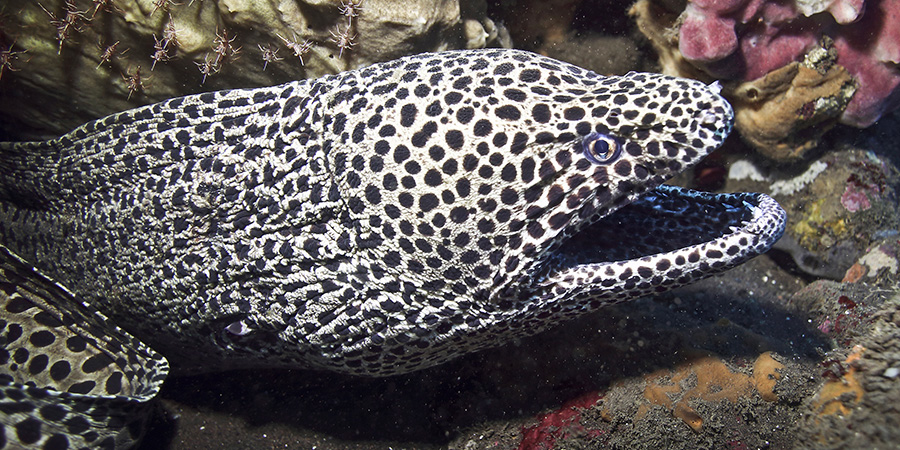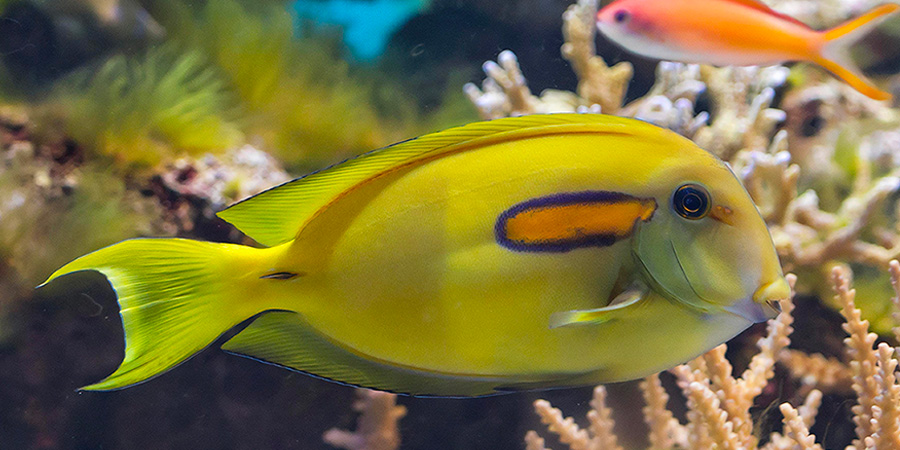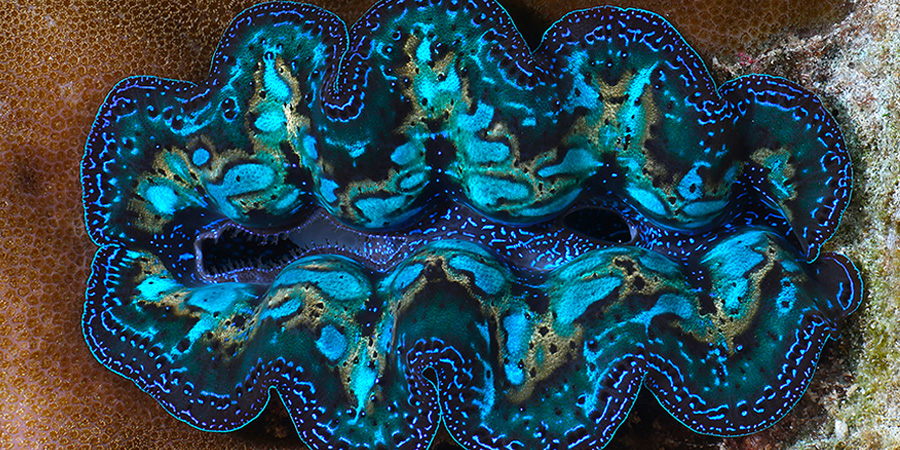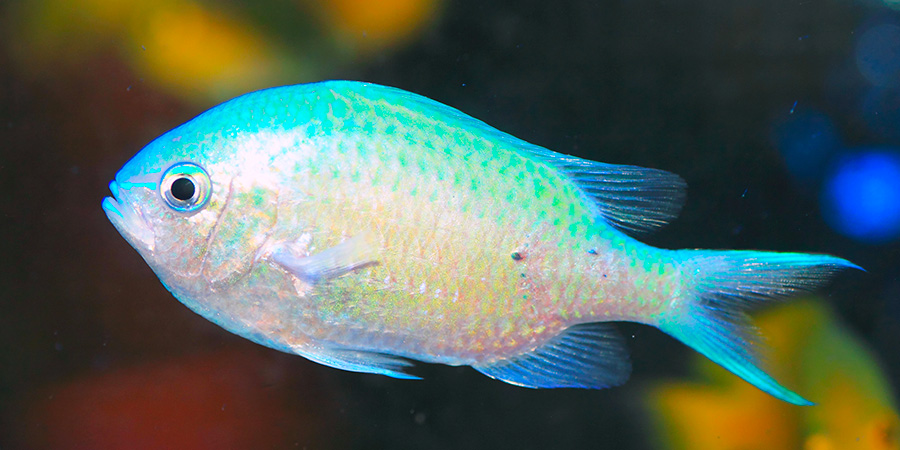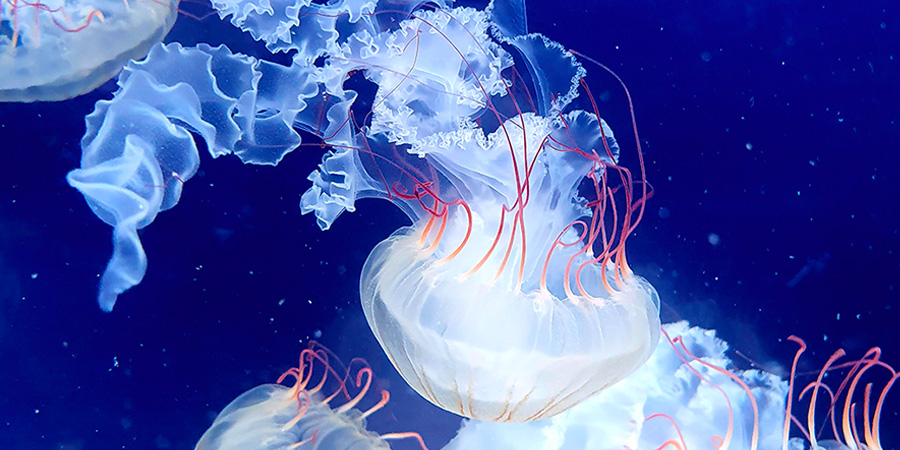
Scientific name : Chrysaora plocamia
Family : Semaeostomeae
Size : Up to 1 m but on average 30 to 60 cm
Distribution : South America (Peru, Chile, Argentina)
Biology : This jellyfish has 24 slender tentacles. The larger the jellyfish gets, the more its mouth arms take on a spiral shape. Its colour varies from white with a slight brown tinge to dark brown. It may have fine or more pronounced orange stripes on the umbrella.
It feeds on copepods and fish larvae. It appears to reproduce sexually, releasing gametes into the water. Irritating sting but not serious.

